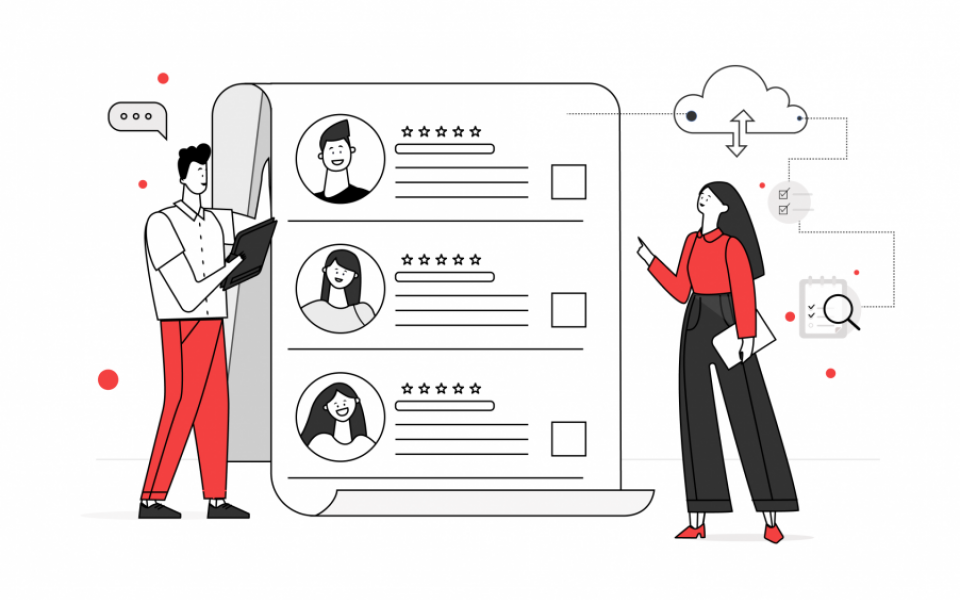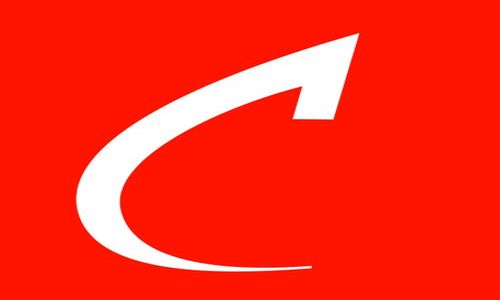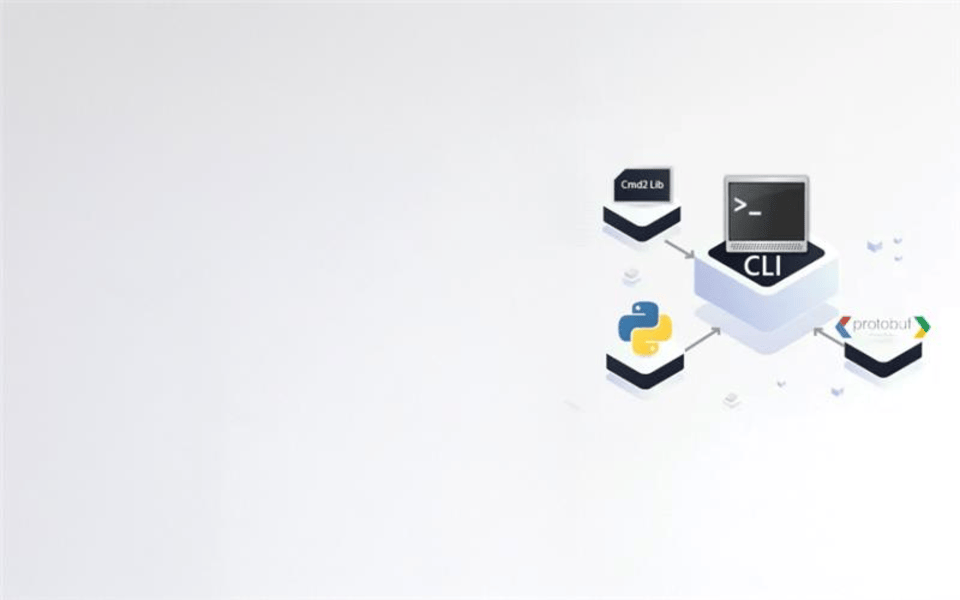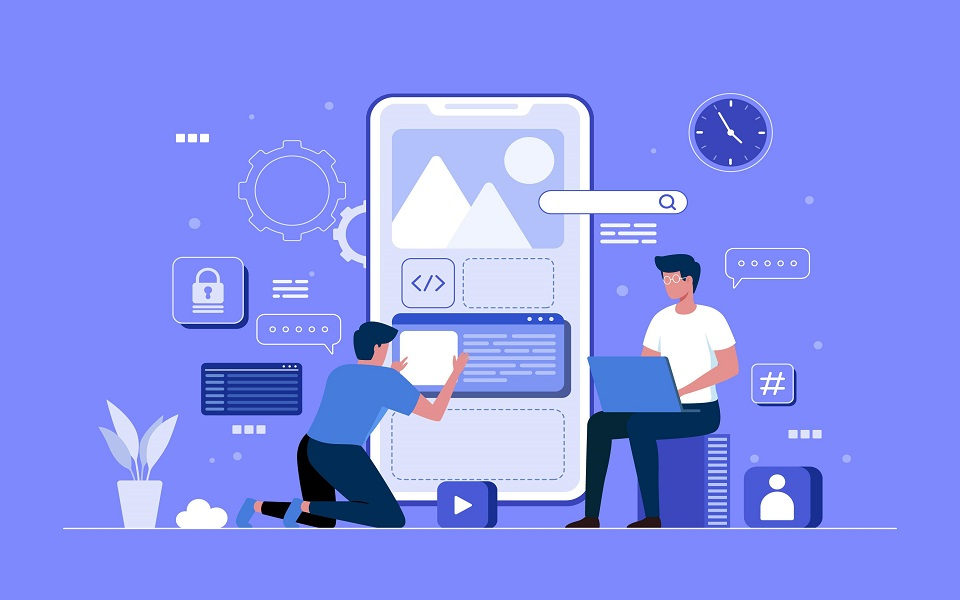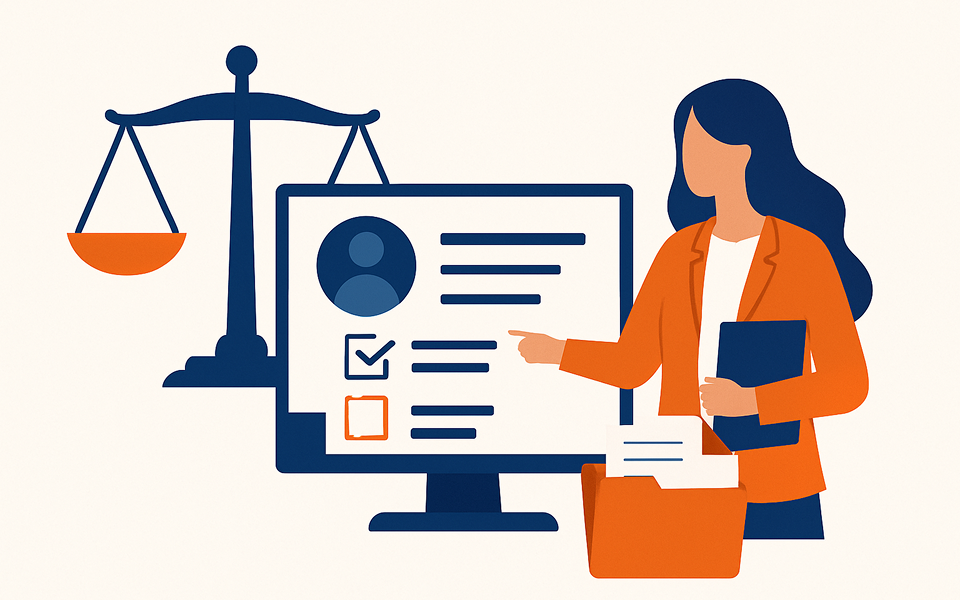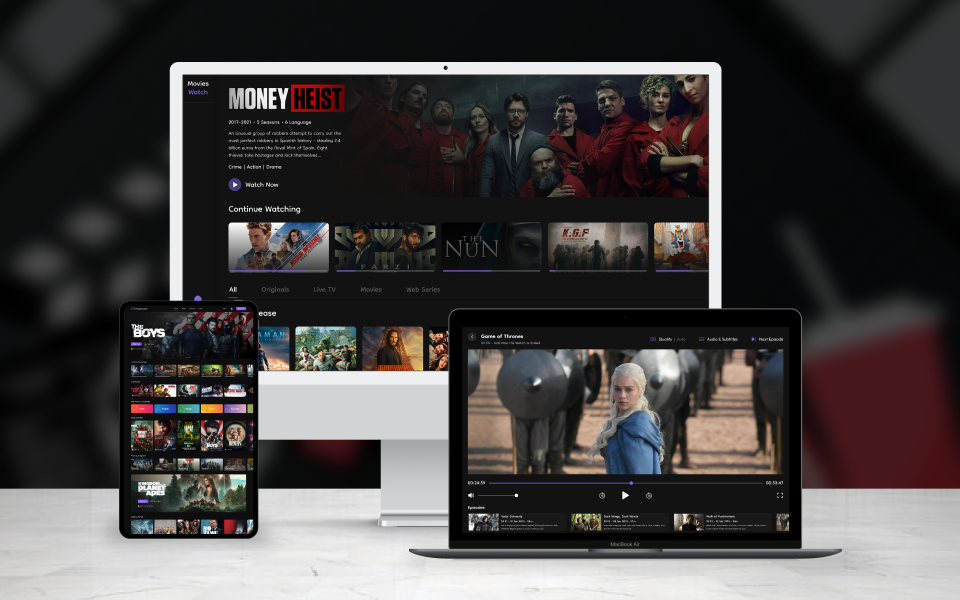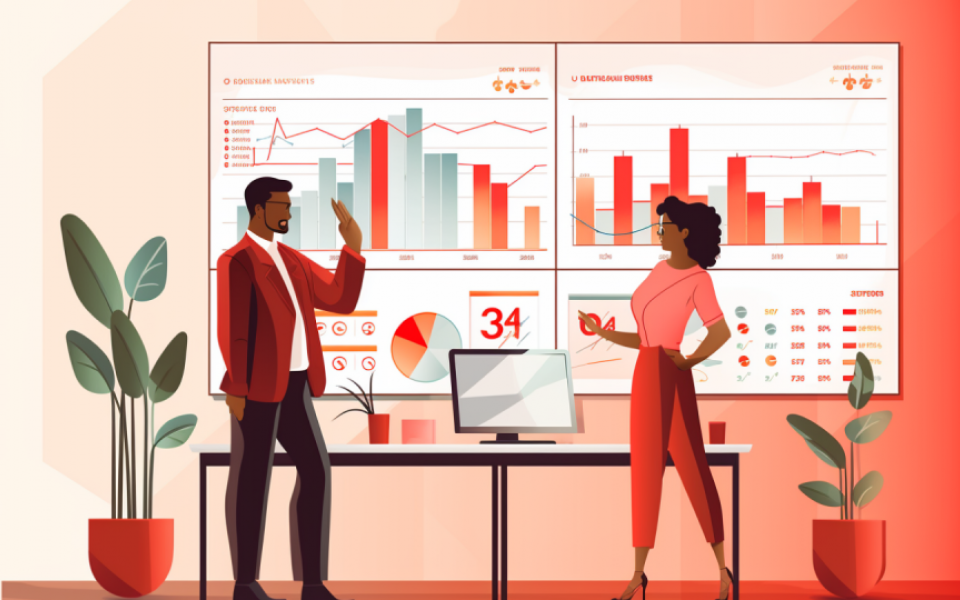Some of the most successful app-based brands like Spotify, Netflix, Spotify, and Disney+ have one thing in common. They are subscription-based.
Subscription-based revenue models are those apps or software users subscribe to join for a specific period for a pre-set price. Users typically subscribe to the services and pay fees on a monthly or annual basis.
In 2016, Apple started rewarding developers of subscription-based app models an 85:15 revenue split, compared to the usual 70:30 split, for subscriptions that lasted over a year. This gave app developers who were doubtful about subscription-based apps a shot in the arm and prompted them to try out this revenue model.
Subscription-based apps have many advantages. They offer developers more opportunities to boost revenues while providing a stable income.
According to preliminary Sensor Tower Store Intelligence data, overall consumer spending on in-app purchases, subscriptions and premium apps grew 15.1 per cent Y/Y, from $29.2 billion to $33.6 billion.
Subscription-based apps place businesses in a better position to forecast month-on-month revenues and use this data to improve and adapt cash flow for marketing efforts, introducing feature upgrades etc., due to more stable financials.
As most apps offer discounts for users who commit for more extended periods, i.e., 6- 12-month subscriptions, users benefit from lower price plans, extended commitments and more. Moreover, subscription-based apps lead to more engaged audiences keen to get as many benefits on their investment.
However, subscription apps must be focused on retaining customers through relevant enhancements, user-friendly upgrades, and new incentives. If users feel they are not getting the value they expect, they’ll unsubscribe from the app at the earliest opportunity.
Along with a great product, superior content, regularly updated and attractive trial offers, a superior UX (design) can work its magic in getting your users hitched.
Significance of UX
User experience (UX) design refers to the process used by design teams to develop products that offer users meaningful and relevant experiences. UX design considers every aspect that shapes user experience, i.e., how the user feels, is it easy enough for the user to complete the desired action, and how simple and quick is the checkout process in an online purchase.
UX involves the design of the entire process of creating and integrating the product while keeping a close eye on branding, usability and functionality. UX designers combine market intelligence and research, product development skills, strategy and design to develop user-friendly experiences for products, services and processes.
You could very well say that UX designers connect the company to the customer, helping the company to understand and meet their customer’s needs and expectations.
A meaningful user experience allows you to characterise your user’s behaviour on your website that is most favourable to the success of your business.
Although not a subscription-based product, take the example of the Google Search Engine. Today Google is a massive enterprise and one of the first tech companies in terms of recall. Having invested considerable sums in researching machine translation, artificial intelligence, and other web-based technologies, Google’s most loved and popularly used product is still its search engine.
How did Google’s search engine reach the present heights of success? Was it their marketing campaigns or the vast amounts of dollars invested in tech R&D? The answer to both questions is no. However, the critical factor possibly attributed to Google Search Engine’s immense popularity worldwide is its exceptional UX.
It is probably the most straightforward, most user-friendly, efficient and fastest web tool ever. Just key in your search topic, hit the Enter key and voila! This has been Google’s signature approach ever since the search engine was launched in 1998. There have been some minor tweaks here and there, but for over two decades now, the tool has retained its essence of simplicity, ease and speed and probably will only get simpler, easier, and faster in future.
Importance of UX for increasing subscriptions to apps
Increase in revenue: When you offer your user a simple and accessible app, it will improve your chances of attracting more visitors to spend more time on the app to know more about it. Once a potential customer realises that a relevant need is being met, it will lead to more conversions and more substantial revenues for your business.
User-friendly: An app that is complicated to navigate may result in users losing interest and abandoning the interaction mid-way, moving on to a competitor. A well-designed, user-friendly interface helps you instil credibility and trust among your potential target audiences.
Lesser number of steps:
The more actions a user has to go through to gain access to the information they are looking for or at the time of subscribing, the higher are your chances of losing a potential customer, as they are most likely to abandon the process. Improving your app’s user experience and reducing the number of steps to go through a subscription will enhance your chances of a successful subscription.
Meaningful Interactions:
When your app UX is current and updated, users will appreciate your content and the ease of navigation. If your users’ takeaway experiences are ‘easy, value-adding and intuitive,’ they will be open to interacting with your company or brand and willing to subscribe.
Enhanced Retention and customer loyalty:
Companies offering customers a high-value experience and positive interactions are more like to attract customers to continue their association with the app through renewed subscriptions and positive reviews that could influence their network and other users to try out the app.
Enhanced prototyping:
Prototyping helps test design concepts and functionalities within limited development costs. A good UX can help you create more accurate and relevant designs that save time when implementing the design and are a hit with potential subscribers, who are encouraged to take the association to the desired next level, i.e., subscriptions.
Techniques for increasing signups
Your users are bound to rethink before subscribing to your app or punching in their credit card number. What are the major UX do’s and don’ts to increase subscription to your app?
Here are some UX tips for subscription-based apps and examples of a few companies and brands that have lived up to the challenges:
1. Make it distinctly visible
For a subscription-based app, this call-to-action, i.e., the ‘subscribe button’, is THE most critical button. Ensure that it is distinct and visible at all times or can be accessed from the header-footer sections. Avoid cluttering it with many other links or making it appear like a pop-up ad on your app.
In UI terms, while your ‘subscribe’ button should be obvious, it shouldn’t be loud and garish, for example, blinking gifs or neons, but adequately distinctive from the surrounding environment.
2. Keep sign-ups simple and straightforward.
Implementing an easy, straightforward and user-friendly sign-up process improves the overall chances of user conversion. Longer, complicated and time-consuming sign-ups, which demand more information, can be UX duds, with the possibility of your user abandoning the process mid-way increasing significantly.
Keep sign-ups simple, aiming for a minimal 1-step process that is quick and convenient. The entire subscription process shouldn’t take more than a few basic clicks from start to finish. Each time you try to obtain more information or route extra clicks than necessary, the more you ruin the possibilities of converting a user.
3. Be transparent in disclosing information
Spell out all the critical terms and conditions of your subscription plan clearly, before users sign up. Please don’t attempt to hide or disguise relevant information or place it obscurely between the reams of content in your terms and conditions section, as most users never bother to read it through.
Lack of proper disclosure may result in your users feeling really let down and probably even cheated on finding that you have withheld critical information which would influence their decision. While the user may have no choice but continue with the subscription after paying up the fee, in the long-term, this could lead to loss of credibility and bad publicity too. It need not be mentioned that once cheated, the customer is not likely to renew a subscription again.
The scope for disclosure also includes vital information about the billing process and the terms and conditions that apply. A superb example of this would be the Tinder premium subscription which depicts precisely what you are entitled to when you sign up and the recurring billing process for it.
4. Offer your users a reasonably good choice of subscription packages
Each user has a subscription requirement that matches their needs and the amount they are willing to pay. Therefore, give your users the benefit of choice by offering them different subscription options per their convenience. For instance, you could offer a choice between a monthly or yearly subscription, bundle or drop specific categories of content or adopt separate pricing tiers for students and professional users.
Likewise, another great UX tip is to provide heftier discounts on long-term subscription plans to motivate customers to sign-up for extended periods than they would typically opt for because of the lucrative deal they are getting the product for.
Adobe is an excellent example in terms of a variety of subscription packages. It offers its user segments comprising individuals, professionals, students, educators and institutions different types of subscription plans for its photo editing app. These unique subscription plans are tailored around the general needs of these user segments and are priced at various points so that all users can find something they need and is within the purview of their budgets.
5. Trial Period offer
Before your users decide to commit to your product and sign up for your subscription app - which may be costly and long term - they would undoubtedly feel reassured about their investment if they can experience the service on a trial basis.
A trial period is an excellent way to get your potential customer to experience your product or service. If you are worried about them opting out of the service after finishing the trial period, be assured that if your product provides them with a great experience, your users will not mind paying a small fee every month to use it.
Audio streaming and media services provider Spotify allows its users to check out their premium subscription services for a month before they sign-up and pay for it. Once your users get accustomed to the quality service and access to Spotify’s unlimited music library, they are more than willing to pay a small fee for it.
6. Use innovation to drive your subscription
To stay ahead in a competitive environment, every business has to constantly discover new ways to excite their customers and grab their attention.
As a UX designer, your job does not end once your customers have signed up. A point in case is Netflix and Spotify, which despite having so many subscribers keep innovating new features and content to ensure that they have the customers hooked. The curated recommendations offered by both give their subscribers a great experience and motivate them to continue subscribing to the app.
Value-adds including privacy, storage, security, support
Another UX design technique to enhance subscriptions is highlighting value-additions such as privacy, storage, security, and support and promoting them as unique features to make your users feel special.
For example, when promoting 24/7 support as a unique benefit, your users’ takeaway will be that they are getting maximum value from their spend. Adobe Creative Cloud is an excellent example of how you can package support & privacy as unique value addition.
7. Implement an automated subscription system
Considering that your users are ready to pay for your subscription app, enhance their experience by automating your subscription system. In this way, your users will be spared the hassle of subscribing and paying each time.
Moreover, a discontinued experience could lead to losing users to the competition. Regularly notify and send messages to inform your users about their subscription status to ensure that they are always connected to your product.
Conclusion
With almost every business now moving towards a subscription-based model, implement these tips to fast-track sign-ups for your app by using UX efficiently.
There isn’t one single solution to extraordinary UX. Instead, it’s a comprehensive approach, including regular enhancements that balance the emotional and cognitive functions to improve the overall experience with the product or service.
A good UX strategy allows you to generate conversion and sign-ups based on a great user experience. After all, more subscribers mean more revenue!




